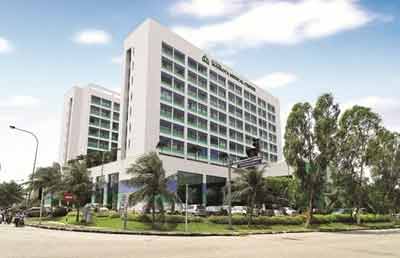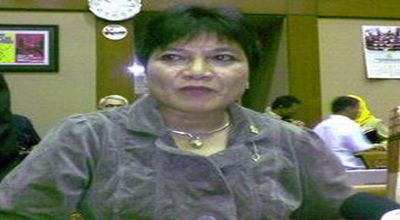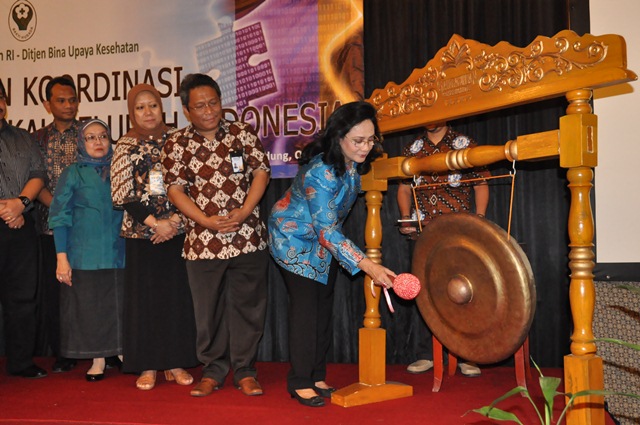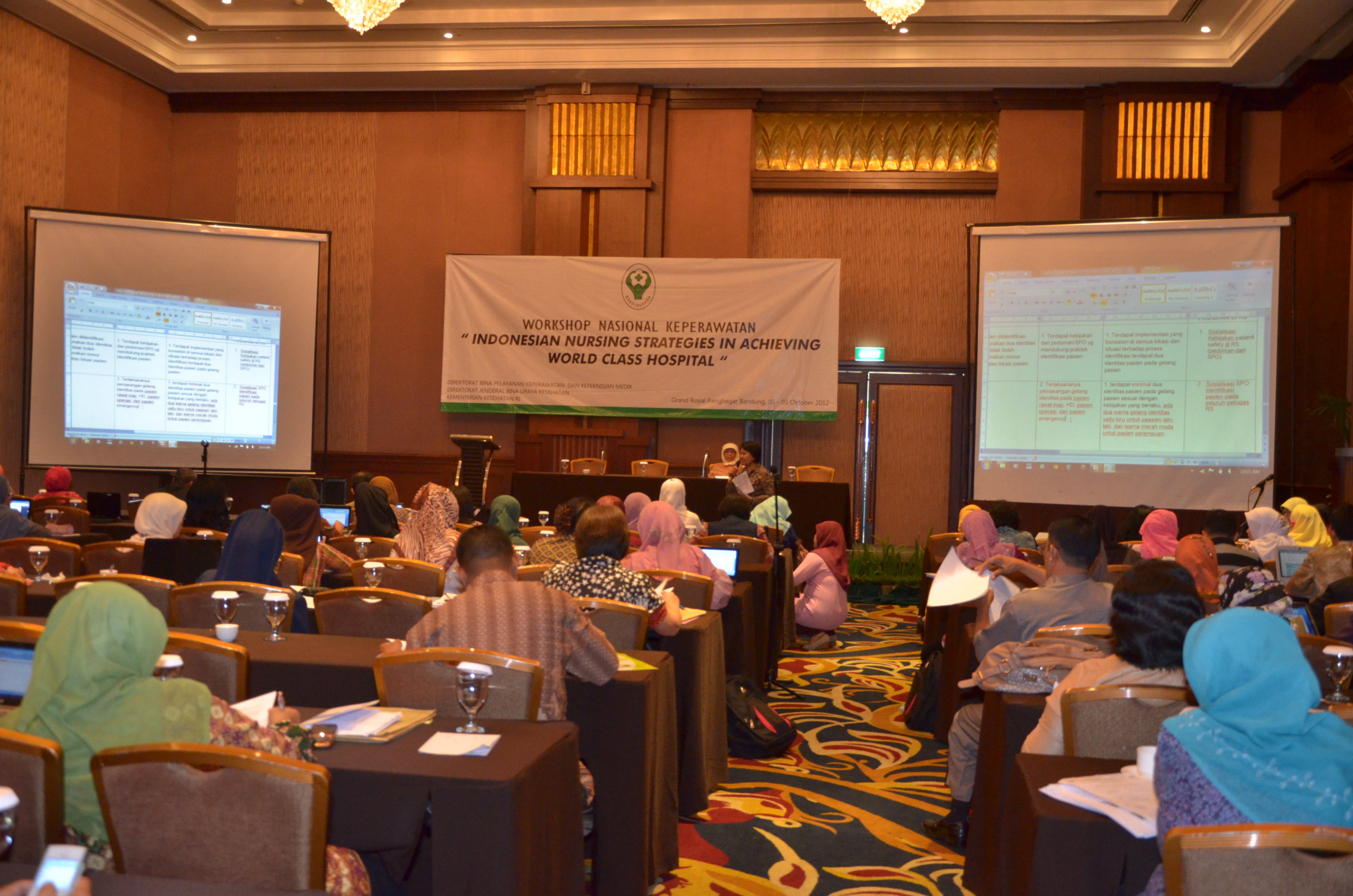
With few opportunities at home and a big demand in the booming Asian city-state, many young Irish healthcare professionals are taking positions there, writes CLIFFORD COONAN in Singapore
A RECENT SURVEY named Singapore as the richest country in the world, and with great wealth has come the attendant health issues, such as diabetes and chronic illnesses associated with greater longevity.
Singapore is looking to increase the number of health professionals to meet growing demand for care by 50 per cent in the next eight years, a rise of 20,000 people.
All of which is a great opportunity for Ireland, and the country’s profile in medicine in Singapore is extremely high.
One of the best-known figures in the healthcare scene in Singapore is Dr Cormac O’Muircheartaigh, who is medical director of the Singapore Sports Council.
Singapore is clearly aware of Ireland’s training methods – about a quarter of physiotherapy graduates in Trinity College Dublin and Limerick University have opted to head for the tropics to work, as there are precious few opportunities at home.
Nearly four in 10 people in the city-state are foreigners, out of a population of five million or so, so it’s a place used to welcoming people from overseas.
“Over the last 10 years our population increased by 25 per cent. We are also ageing rapidly. By 2030, one in five Singaporean residents will be aged 65 and above. This is a threefold increase to 960,000 elderly, from around 350,000 today,” Gan Kim Yong, Singapore’s minister for health, said in a speech earlier this year.
Increasing life expectancy and changing lifestyles means Singapore faces a growing burden of chronic diseases.
The International Institute for Management Development (IMD) ranked Singapore third best in the world on health infrastructure, third lowest in the world on infant mortality and seventh highest in life expectancy.
Singapore’s life expectancy has increased from 78 years in 2001 to almost 82 years in 2010, while infant mortality rates have fallen from 2.5 to 2.0 per 1,000 live births over the same period, putting Singapore on a par with wealthy European countries.
With increasing life expectancy and more sedentary lifestyles, Singaporeans are faced with a growing burden of chronic diseases.
This requires a lot more dedicated healthcare professionals, and the health ministry estimates that the city-state will need to grow the healthcare professional workforce such as doctors, nurses, dentists, pharmacists and allied health professionals by 50 per cent, or about 20,000 more, by 2020.
And to fill these positions, Singapore has to look abroad.
“Our foreign doctors, nurses and allied health professionals have worked alongside our local professionals and contributed towards quality patient care in the public sector, and they will continue to be an important supplement to our local healthcare workforce,” the minister said.
Now in his early 80s, Prof Barry Cullen from Cavan works in the Singapore National Eye Centre. After graduating from the National University of Ireland in 1952, Prof Cullen spent much of his career in Scotland where he was consultant neuro-ophthalmologist to departments of ophthalmology and neurosurgery.
On retiring from his consultant posts in Scotland in 1999 he was invited to Singapore to set up a comprehensive service in neuro-ophthalmology and to assist in the training of local ophthalmologists.
“What they need is more doctors. People are living longer and the demand for young doctors is very high. They are trying to bring back more Singapore doctors by offering incentives, and they are trying to open the hospitals up, but there are not enough Singapore doctors to man them,” said Prof Cullen.
“The reason for the massive increase in the number of people coming out is the increase in the requirement for doctors. The population is ageing and there is a high incidence of illness like diabetes now – one in 12 of the population is diabetic,” said Prof Cullen.
“The government here has plenty of money, there are first-class facilities and medicine is very advanced here. A lot of consultants trained in Ireland, the UK and Australia,” he said.
Increasingly, healthcare tourism is a factor and you see a number of Indonesian Chinese coming to Singapore for treatment, as well as from Vietnam and the Middle East.
“Singapore is always short in the paramedical area,” he said.
Fewer opportunities at home leads to medical migration for Irish graduates ‘There is a high standard of training here and you are mentored and given support’
PHYSIOTHERAPY IS one area where Irish graduates have found particular success, and there are about 100 speech therapists, occupational therapists and physiotherapists working in Singapore.
As it stands, Nanyang Polytechnic offers a diploma for practice as a physiotherapist, while Trinity College Dublin is collaborating with the Singapore Institute of Technology (SIT) to offer a one-year degree-conversion programme for Nanyang Polytechnic graduates.
Jarlath Lyons, from Dundalk has spent two years at Singapore General Hospital, coming here straight after graduating from Trinity College. “There were 37 in my class and nine came to Singapore. You need to change areas and that was the big appeal about coming here. There is a six-month rotation so you get to work in a lot of different areas,” said Lyons (25).
The hospital covers many areas, including ICU, orthopaedics, neurology, geriatrics, sports and paediatrics. Lyons initially spent eight months working on sports physiotherapy, then six months working on orthopaedics and respiratory, and is now working in the spine area. He said 90 per cent of the physiotherapists working in the hospital are under 30.
“I’m going back to sports next month. I have been very lucky with my rotation. I enjoy it here and you get to treat a lot more different people. And the social aspect is very good too,” said Lyons. He eventually wants to focus on sports physiotherapy. They are looking for more and more. There is a high standard of training here and you are mentored and given support.”
Aine Cribbin, from Adare, who is also 25, trained at University of Limerick and came to Singapore three years ago, and she works in a hospital out near Changi airport. She says six out of the 28 students in her physiotherapy class came to Singapore. “They all knew each other. And out of the 2011 graduates, almost 10 have come out in the last eight or nine months,” she said. “They do invest in you every year. They are big hospitals too, and our department has doubled in size since I arrived. The government has the foresight to see the population is growing and no one is having babies. They don’t have the staff to deal with a greying population, so they are bringing people in,” said Cribbin.
Lyons and Cribbin say the pay is around the same in Singapore, possibly a little less, but the cost of living is still a bit cheaper so it evens out. The main reason so many people are coming to Singapore to work as healthcare professionals is the fact that there are few opportunities at home.
Sumber: irishtimes.com











 Pertemuan ini dilakukan diskusi sesuai dengan arahan pimpinan dalam pengembangan IT yang diantaranya adalah 1. Pengembangan SIMRS mandiri secara bertahap (disesuaikan dengan kemampuan sumber daya), SIMRS mandiri yang tidak tergantung dengan vendor, dikelola sendiri dan menjadi milik Rumah Sakit; 2. Untuk mewujudkan hal tersebut, hendaknya Rumah Sakit segera memperkuat SDM IT-nya serta menyusun Master Plan IT agar pengembangan TIK lebih terarah dan terukur; 3. Rumah sakit sudah dapat melakukan monitoring Tempat Tidur (TT) kosong secara online dan terpublish serta dapat diakses dari Kantor Pusat Ditjen BUK; 4. Rumah sakit dapat memanfaatkan beberapa fasilitas elektronik gratis yang ada seperti email group dan video conference.
Pertemuan ini dilakukan diskusi sesuai dengan arahan pimpinan dalam pengembangan IT yang diantaranya adalah 1. Pengembangan SIMRS mandiri secara bertahap (disesuaikan dengan kemampuan sumber daya), SIMRS mandiri yang tidak tergantung dengan vendor, dikelola sendiri dan menjadi milik Rumah Sakit; 2. Untuk mewujudkan hal tersebut, hendaknya Rumah Sakit segera memperkuat SDM IT-nya serta menyusun Master Plan IT agar pengembangan TIK lebih terarah dan terukur; 3. Rumah sakit sudah dapat melakukan monitoring Tempat Tidur (TT) kosong secara online dan terpublish serta dapat diakses dari Kantor Pusat Ditjen BUK; 4. Rumah sakit dapat memanfaatkan beberapa fasilitas elektronik gratis yang ada seperti email group dan video conference. Pada hari pertama, Tim IT PT. Telkom Indonesia memberikan paparannya mengenai Electronic Health Record (EHR) Portal & Telkom e-Health Business Intelligence, Implementasi Call Center SPGDT dan Laporan Progress Status Program e-Health Ditjen BUK – TELKOM disertakan demonya diskusi dengan para peserta.
Pada hari pertama, Tim IT PT. Telkom Indonesia memberikan paparannya mengenai Electronic Health Record (EHR) Portal & Telkom e-Health Business Intelligence, Implementasi Call Center SPGDT dan Laporan Progress Status Program e-Health Ditjen BUK – TELKOM disertakan demonya diskusi dengan para peserta.
 “Sangat besar peran dari keperawatan dalam menjamin keselamatan pasien dan harus lebih peka pada kebutuhan masyarakat agar pasien Indonesia tidak berobat keluar negeri, untuk itu kita harus lebih mengedepankan Customer Focus”, demikian yang disampaikan Dirjen BUK ketika memberikan paparannya dengan judul : Kebijakan Kementerian Kesehatan Dalam Pelayanan Kesehatan Kelas Dunia.
“Sangat besar peran dari keperawatan dalam menjamin keselamatan pasien dan harus lebih peka pada kebutuhan masyarakat agar pasien Indonesia tidak berobat keluar negeri, untuk itu kita harus lebih mengedepankan Customer Focus”, demikian yang disampaikan Dirjen BUK ketika memberikan paparannya dengan judul : Kebijakan Kementerian Kesehatan Dalam Pelayanan Kesehatan Kelas Dunia.





